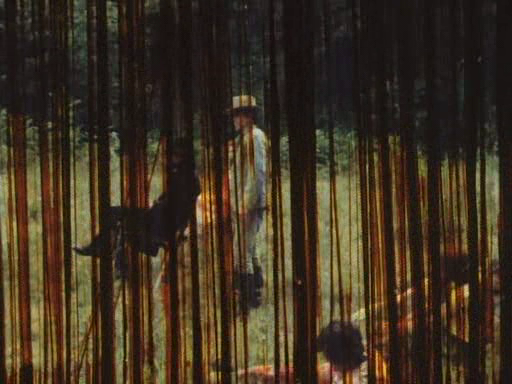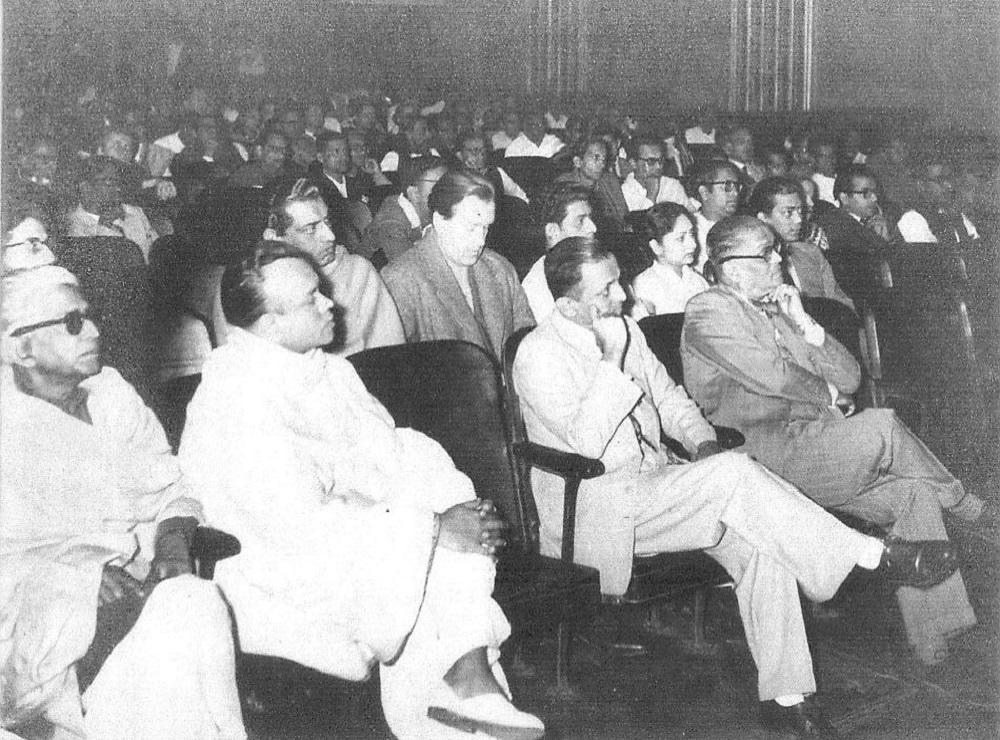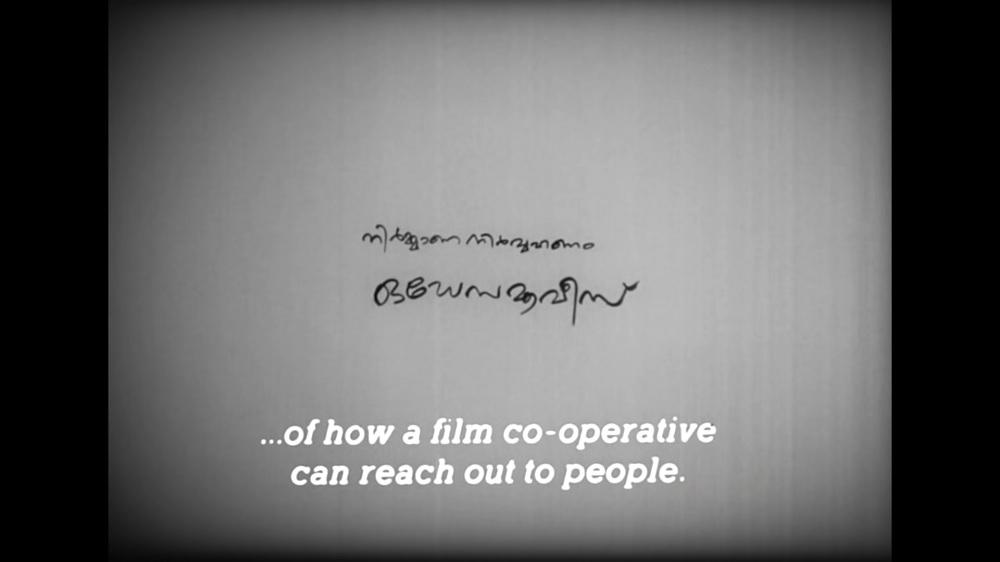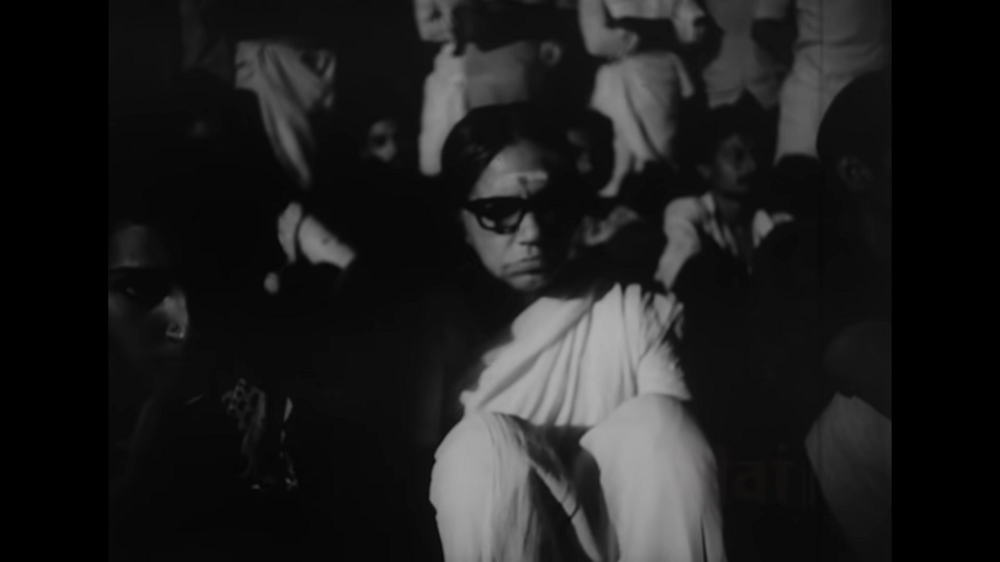Ways Out of Auteurism: The Fate of Filmmaking Collectives
The artists’ collective, especially a filmmaking one, often appears to be a spent force in history. While filmmaking collectives have been around since the early days of cinema itself, scholars note a period of ascendance in the 1970s. This was buoyed largely by the spread of solidarity across the world and through new movements centred on the struggles of women, workers, queer people and decolonial activists. Resistance to the hetero-patriarchal normativity (that sustains industrial filmmaking cultures across the world) would force smaller groups to pool resources and attract funding as well as commit to a rigorous, often painful process of community decision-making for films—sometimes described as a “dialectical” method. This essay is the first of a two-part series that will trace the histories of collective filmmaking in the context of documentary practices and emergent radical politics. The second part will examine recent collaborative documentary film practices in India through Ektara Collective’s Ek Jagah Apni (A Place of Our Own, 2022).
In the popular consciousness of film audiences, the regime of studio-era productions—where the authorship of decision-making was controlled by producers and directors—was followed by the era of auteurism. Here, the myth of the individual, genius (and usually male) filmmaker was mobilised to craft a commodifiable identity for a new wave of films emerging out of Europe and America. Film scholars as well as Nouvelle Vague filmmakers have tried to complicate this picture. The latter hailed auteurism as a personal model of filmmaking within the system of Hollywood and have often spoken about their own interests in transcending auteurism—going so far as to call themselves “anti-auteurs.” In 1969, Jean-Pierre Gorin and Jean-Luc Godard formed the Dziga Vertov Group, prompted by their commitments to Marxism and anti-imperial protests against the war in Vietnam at the time. However, as film curator Federico Rossin pointed out to David Phelps in an interview,
“I think that the death of the auteur theory is just simply the reverse of the auteur theory: it’s just narcissism in denial, a broken mirror which hide (sic) the face, though the face is still there. I love the Dziga Vertov Group’s films but they are very different films from the ones made by Newsreel or Cinema Action. I don’t see a clear link between this act of declaring him/herself anti-auteur and the act of founding a film collective. Every group and collective has its own history: and we must not be naïf. In every collective the question of power was the core... These young filmmakers renounced their immediate jouissance in order to serve a political ideal, but their desire to make personal films was strong, and many of them made personal films after their collectivist experience.”

The Dziga Vertov Group made films like Wind from the East (1970), which used audience-alienating techniques borrowed from the style of the Marxist playwright Bertolt Brecht, and eschewed naming individual filmmakers. (Image courtesy of Mubi.)
What started out as a readerly approach to industrial filmmaking, famously in the case of Alfred Hitchcock, became a restrictive container for the myth of personal style. This is borne out by the collectives’ moment of decline. Such collaborative agendas proved difficult to sustain as movements started to crack under the pressure of new socio-political formations across the world, especially after the end of the Cold War.
Filmmaking collectives exist within larger ecosystems of activist art and political solidarity across classes. In India, such collectives have also played across the dialectics of viewing and making. The influential Calcutta Film Society (founded in 1947), which had members like Satyajit Ray and Chidananda Dasgupta, cleared the way for film societies to bloom across the country. It brought a critical apparatus that influenced the individual styles of filmmakers later on, including Ray himself. This clearing of space also involved a determined pruning of the ‘excesses’ of popular Indian cinema at the time, which was usually an object of scorn for critics like Ray, whose sensibilities were forged by his own tastes in the classical aesthetics of European and Indian culture.

The Calcutta Film Society was started in 1947 with a screening of Sergei Eisenstein’s Battleship Potemkin (1925), and then revived in 1956 by members including Satyajit Ray, Harisadhan Dasgupta, Vijaya Mulay and others. This photograph was taken during a revival screening, by an unknown photographer. (Image courtesy of Wikipedia.)
What started out as an attempt to democratise film culture ran into complications when an exclusive taste-making exercise was expected to transform into a commonly distributed sensibility. Film-watching collectives became filmmaking collectives, such as the Odessa Collective. Started in 1984, it was led by the maverick filmmaker John Abraham, who had been a student of Ritwik Ghatak at the Film and Television Institute of India. The group pushed activist and grassroots filmmaking practices in India by crowdfunding their films to avoid studio or corporate control over their content, while drawing from larger networks of theatre activism. Yet some of the contradictions are apparent in Abraham’s interviews. Here is an extract from a commonly cited interview:
“Question: Is cinema an individual creative work of a director or is it a collective art of a group of creative people?
John Abraham: Cinema is not a collective art. A film directed by John Abraham is entirely of his own, just John Abraham’s. I take the decisions (not others). I am the Hitler of my cinema.”

Opening frames from John Abraham’s Amma Ariyan (1986), a pathbreaking film that explored the possibilities of collective filmmaking in India. The makers called themselves the Odessa Collective and crowdfunded the film with contributions from people across Kerala.
For this model, the individual uses the idea of the collective as an abstraction, a medium for politically conscious filmmaking as understood by the director himself, instead of seeing it as a decentralised ethic of production and creative decision-making. Thus, commentators have tried to justify Abraham’s ideas by seeing allegorical representations of the collectivist spirit in his films. Rajan K. Krishnan writes that Abraham believed cinema to be a tool for “bringing about collective consciousness”, and describes that process thus:
“The final or closing image of the film narrative (in Amma Ariyan, made in 1986) is transformed into an image on a film screen within the screen; we then see audiences within the film image in front of the screen image that we just saw, thus extending and locating our own viewing activity within the film narrative. Such a narrative device shows the self conscious desire on the part of the filmmaker to treat the audience as an emergent collective who have now received certain shared impetus from the film narrative.”

One of the concluding frames from John Abraham’s Amma Ariyan (Report to Mother, 1986), in which a parallel audience for the film is shown.
Abraham’s committed filmmaking practice was not the only model of collective filmmaking in India, however. A brief look at other practices shall clear the way for a better understanding of how modern-day collectives like Ektara eventually sought to merge the production of film with the ethic of community decision-making at each level.
To learn more about emergent documentary practices, read Ankan Kazi’s piece on documentary films on political violence, Najrin Islam’s examination of Payal Kapadia’s filmography, and Sujaan Mukherjee’s review of Ripples Under the Skin (2022) by Farha Khatun.




